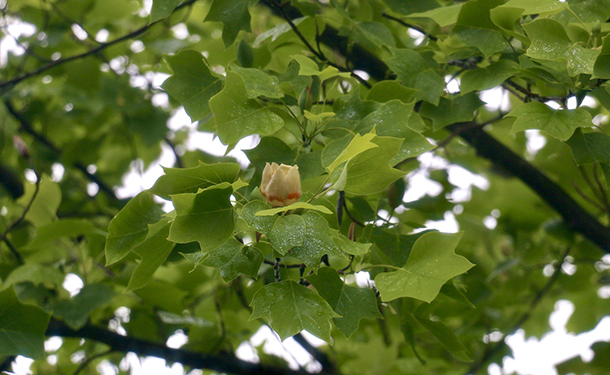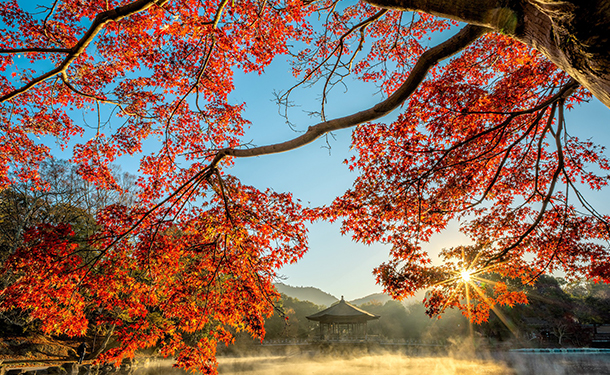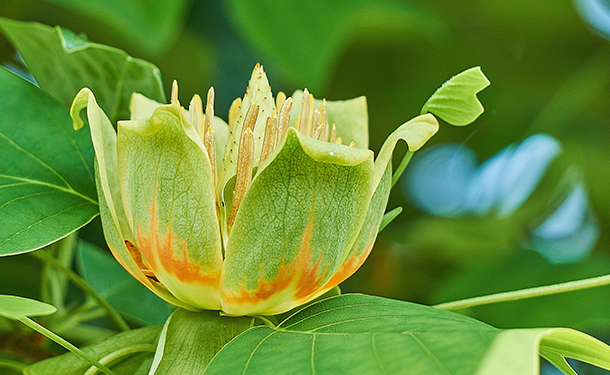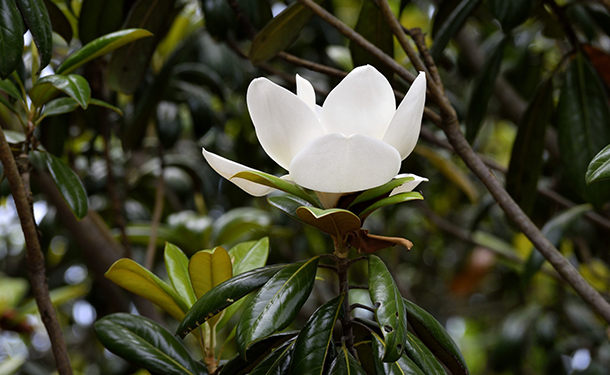Avoid the frustration of a terribly hot yard, or shade trees that are growing too slow. Knowing which fast-growing shade trees to plant in your yard will help you enjoy being in your yard more often, and take advantage of your yard’s beauty in the shade.

thetreecareguide.com gathered information and tips about 5 magnificent, fast-growing shade trees to help you convert your yard into a destination point.
1. Oak Tree (Quercus)

In 2004, congress designated the oak as America’s national tree. There are more than 60 oak species considered native to the United States. Live oak thrives in Southern regions. In colder areas, it’s the northern red oak that does best.
Growing Conditions: This species will thrive in full sun conditions when planted in humus-rich, well-drained soil.
Water Requirements: Young oaks may need to be deep watered once weekly if rain is irregular until they establish themselves.
Hardiness Zones: 8 through 10
Adult Dimensions: Fully mature oaks typically reach 80 feet in height with a canopy spread of over 150 feet in diameter or 80 to 85 feet from trunk to branch tip in all directions.
Lifespan: 200 to 500 years
2. Elm Tree (Ulmus)

With an unmistakable vase shape and its strong branches, elms are highly popular shade trees. However, Dutch elm disease decimated millions of American elms between the 1930s and the late 1980s. Disease-resistant varieties like ‘Princeton’ are now available. Keep in mind that planting an elm tree near sidewalks, walkways, driveways, and patios can lead to cracks and elevated areas.
Growing Conditions: This species thrives in full sun conditions when planted in moist, well-drained fertile soil.
Water Requirements: After planting your young elm tree, water it as often as two or three times per week for the first couple of weeks. Two months after planting, you should only be watering your elm once every week to 10 days.
Hardiness Zones: 8 through 10
Adult Dimensions: This species has a multi-branched crown supported by a thick, powerful trunk. It typically grows from 60 to 80 feet tall with a crown 40 to 60 feet in diameter.
Lifespan: 175 to 300 years
3. Maple Tree (Acer)

No matter what size yard you have, there’s a maple tree species to fit your shade tree needs. In addition to maple’s showy leaves, some varieties have attractive branch color and texture. Others like the red maple will display remarkable flower clusters.
Growing Conditions: Maple species thrive in full sun to part shade conditions when planted in medium to wet, well-drained, acidic (5.0-7.0 pH), and fertile soil.
Water Requirements: Maple trees need approximately 10 to 12 gallons of water per week to remain healthy.
Hardiness Zones: 5 through 9
Adult Dimensions: Maples grow to a height of 40 to 60 feet, and their crown reaches about 40′ at maturity.
Lifespan: 140 to 300 years
4. Tulip Tree (Liriodendron tulipifera)

This majestic species features a straight, resilient trunk and uniform oval crown. Noteworthy, broad, lobed leaves make spotting springtime tulip-shaped flowers difficult. This is a deciduous tree, and its leaves turn yellow in fall.
Growing Conditions: Tulip trees thrive in full sun and grow well in acidic, loamy, moist, sandy, and well-drained soils. They prefer average moisture but tolerate drought conditions in humid regions.
Water Requirements: Provide supplemental irrigation (5 to 10 gallons per week), especially during the summer, early fall, and drought conditions.
Hardiness Zones: 4 through 9
Adult Dimensions: The tulip tree can reach a height of 70 to 90 feet, and its canopy will spread about 40 feet at maturity.
Lifespan: 200 to 300 years
5. Magnolia (Magnolia grandiflora)

The magnolia grandiflora species is a broadleaf evergreen tree (in warmer climates). It is noted for its dark green foliage and its large, fragrant flowers. The species is native to moist wooded areas in the southeastern United States. The leathery evergreen foliage is glossy dark green above and varies from pale green to gray-brown underneath. Seemingly oversized fragrant white flowers (up to a foot in diameter) will typically have six petals. Flowers begin blooming in late spring, and the tree can continue flowering throughout the summer.
Growing Conditions: Magnolia thrives in acidic (5.0 to 6.0 pH), well-drained, loamy, moist, and rich soil. Partial shade or full sun is ideal for this species. These trees should be mulched from the trunk to the edge of the dripline to make watering and fertilization easier.
Water Requirements: Water 2 to 3 times per week for the first six months after planting, giving the tree 2 to 3 gallons of water for each inch of trunk diameter.
Hardiness Zones: 7 through 10
Adult Dimensions: Magnolia grandiflora trees typically reaches 60 to 80 feet tall with a pyramidal to round-shaped crown.
Lifespan: 75 to 120 years
Shade Trees
In this article, you discovered several fast-growing shade trees, their descriptions, and their care information to help you liven up your yard.
Planting shade trees in your yard will help you create a refuge from the hot summer sun and naturally make your yard a more pleasant place to spend time in.
Not planting shade trees in your yard leaves you vulnerable to the heat and makes spending time outdoors less pleasurable.
Sources:
plants.ces.ncsu.edu/plants/magnolia-grandiflora/
gardeningsolutions.ifas.ufl.edu/plants/trees-and-shrubs/trees/oak-trees.html
ufi.ca.uky.edu/treetalk/ecobot-american-elm
extension.umn.edu/trees-and-shrubs/red-maple
landscapeplants.oregonstate.edu/plants/liriodendron-tulipifera